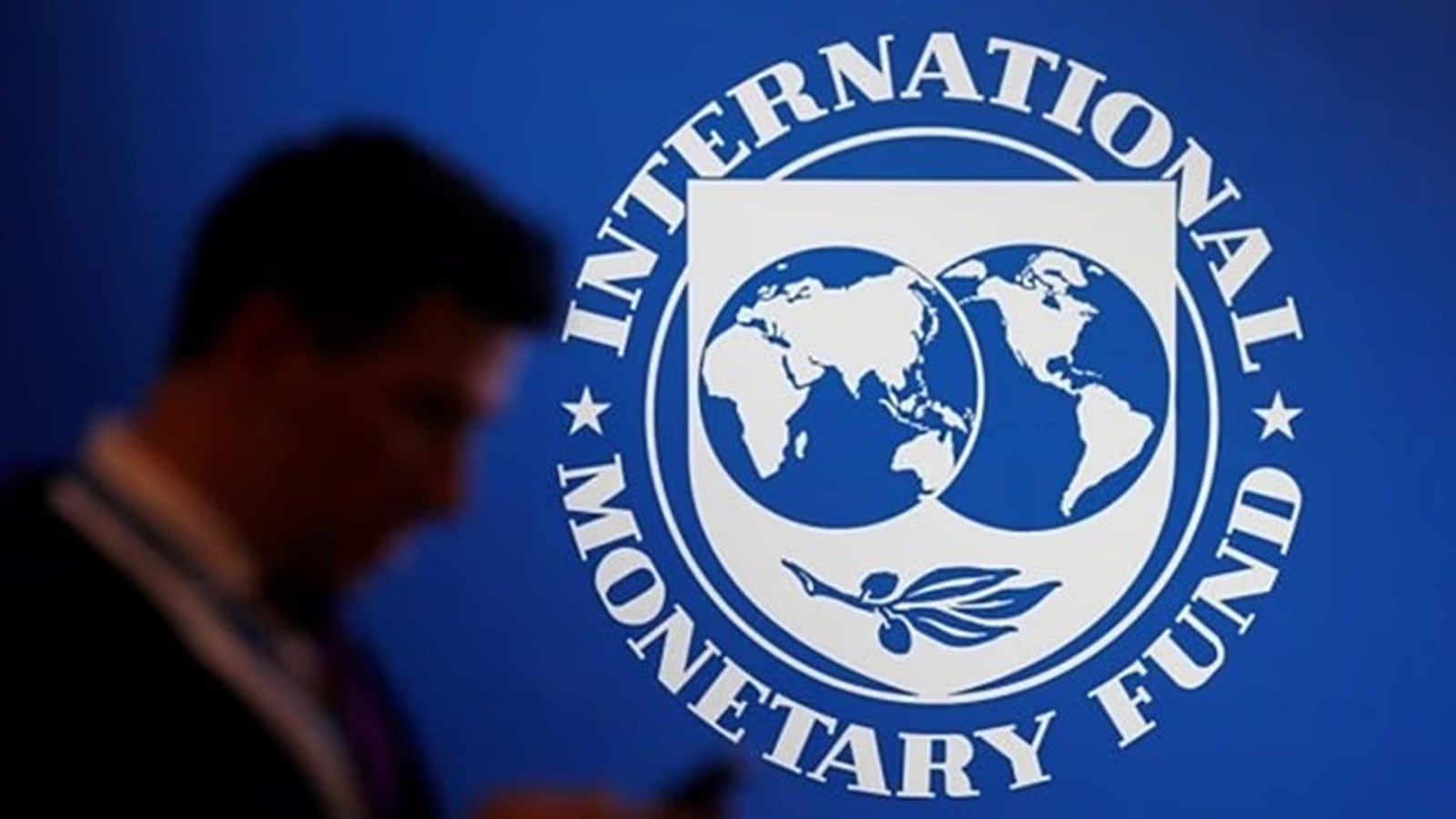The International Monetary Fund (IMF) on Tuesday raised its Gross Domestic Product (GDP) growth forecast for India to 6.4 per cent for both 2025-26 and 2026-27 on account of easing global trade tensions, with the world economy also seen expanding at a slightly faster pace than what the multilateral organisation had predicted in April.
“In India, growth is projected to be 6.4 per cent in 2025 and 2026, with both numbers revised slightly upward, reflecting a more benign external environment than assumed in the April reference forecast,” the IMF said in an update to its World Economic Outlook report, referring to India’s fiscal years that begin in 2025 and 2026.
According to non-partisan policy research center The Budget Lab at Yale, US consumers faced an overall average effective tariff rate of 18.2 per cent as on July 28, down from 28 per cent on April 9.
Story continues below this ad
India’s GDP is estimated to have increased by 6.5 per cent in 2024-25, the lowest growth rate in four years. The Reserve Bank of India (RBI), meanwhile, expects the GDP to grow by another 6.5 per cent in the current fiscal, with the Indian finance ministry estimating it in the range of 6.3-6.8 per cent. For 2026-27, the RBI on April 9 had forecast a growth rate of 6.7 per cent.
Back in April, the IMF had cut its growth forecasts for India by 30 basis points (bps) to 6.2 per cent for 2025-26 and by 20 bps to 6.3 per cent for 2026-27 due to “higher levels of trade tensions and global uncertainty”. Since then, the tariff war waged by the US has eased somewhat, with IMF Chief Economist Pierre-Olivier Gourinchas calling the Trump administration’s April actions an “unprecedented escalation”.
Moreover, global financial conditions have eased and the US dollar has weakened around 8 per cent since January, allowing the IMF to now project that the global GDP will grow 3 per cent in 2025 and 3.1 per cent in 2026, up from 2.8 per cent and 3 per cent, respectively, predicted in April.
‘Historically high’ tariffs
However, the IMF continued to warn that while the “modest decline in trade tensions” had contributed to the resilience of the global economy, tariffs remain “historically high” and global policy remains highly uncertain, with risks to the world “firmly to the downside”.
Story continues below this ad
“…compared to our pre-April 2 forecast, global growth is revised downwards by 0.2pp (0.2 percentage points) this year. At around 3 per cent, global growth remains disappointingly below pre-COVID average. And we continue to project a persistent decline in global trade as a share of output despite the recent frontloading, from 57 per cent in 2024 to 53 per cent in 2030,” Gourinchas said. One percentage point is equal to 100 basis points.
The other countries expected by the IMF to grow at a faster pace now in both 2025 and 2026 include the US, Canada, China, Brazil, Saudi Arabia, and Nigeria. China, in fact, received the largest growth forecast upgrade by the IMF, with its GDP now seen expanding 4.8 per cent in 2025, up from 4 per cent predicted in April.
“This revision reflects stronger-than-expected activity in the first half of 2025 and the significant reduction in US–China tariffs. The GDP outturn in the first quarter of 2025 alone implies a mechanical upgrade to the growth rate for the year of 0.6 percentage point. A recovery in inventory accumulation is expected to partly offset payback from front-loading in the second half of 2025. Growth in 2026 is also revised upward by 0.2 percentage point to 4.2 per cent, again reflecting the lower effective tariff rates,” the IMF said.
China’s GDP grew 5.4 per cent and 5.2 per cent in the first two quarters of 2025, beating forecasts, and keeping the world’s second largest economy on track to meet the government’s full-year growth target of 5 per cent.


